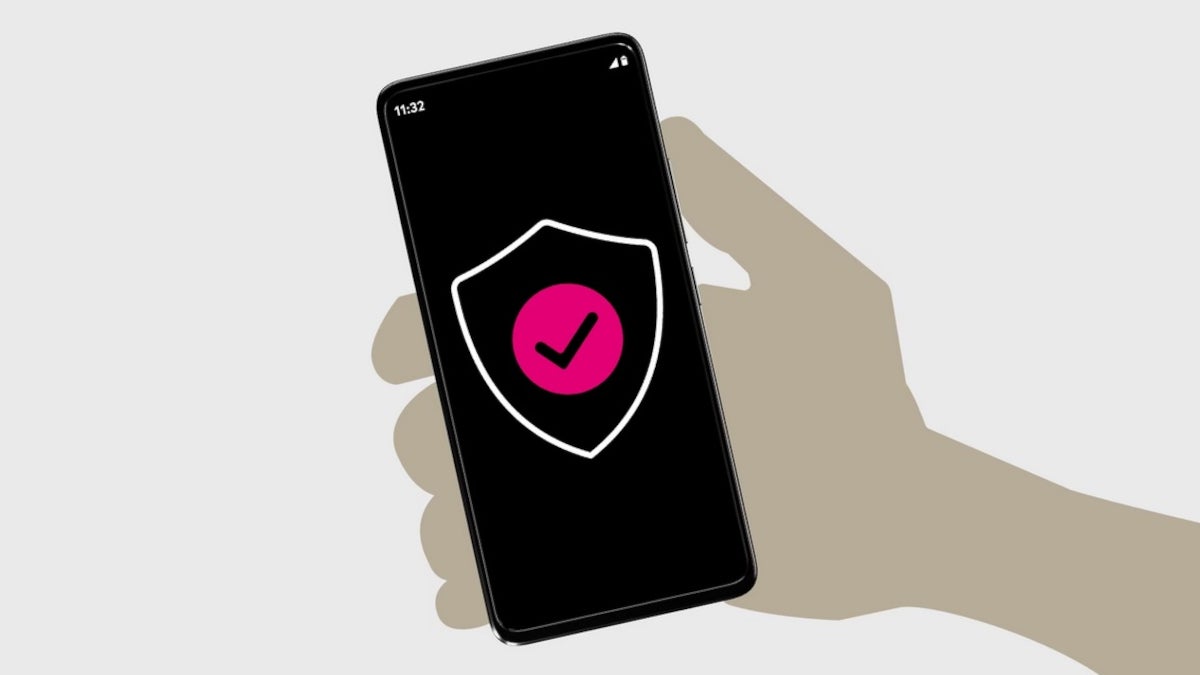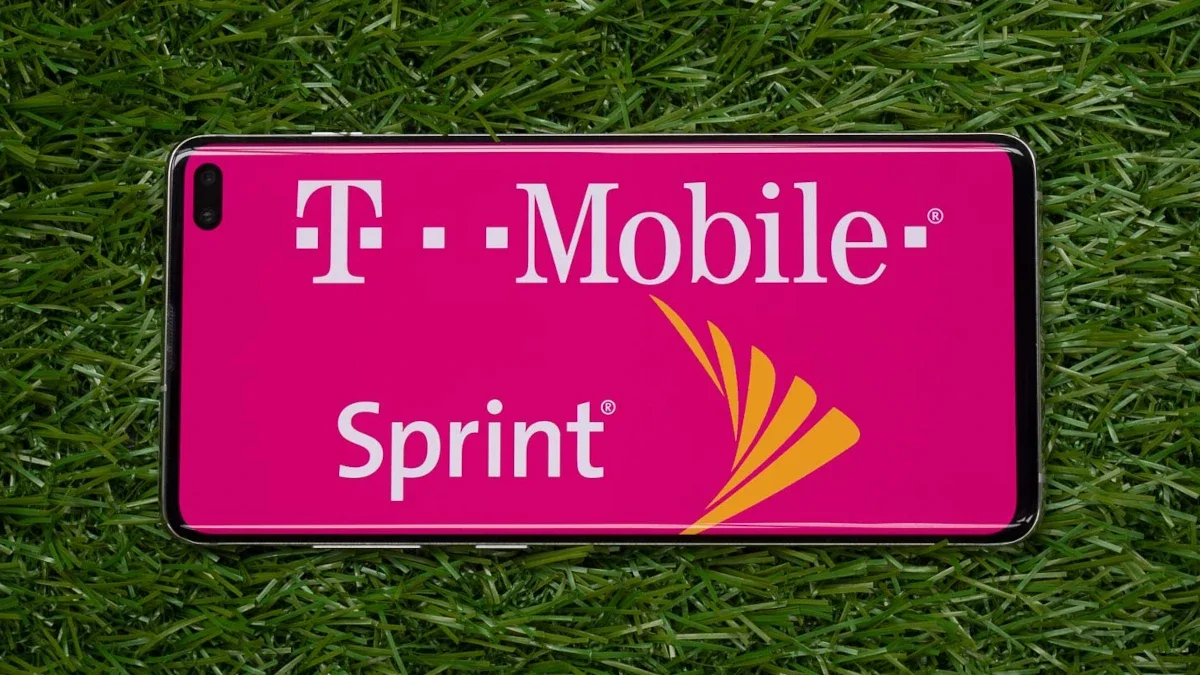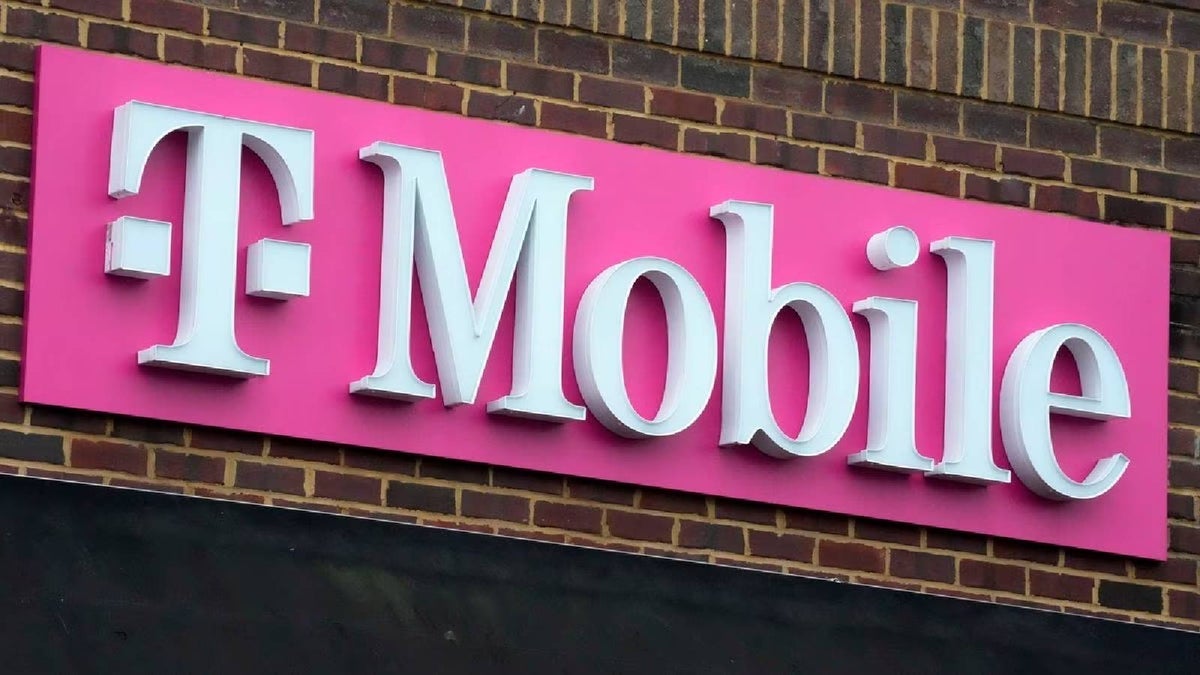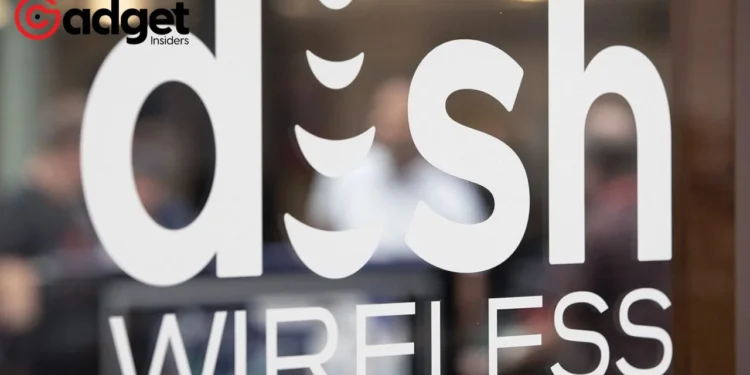The plot thickens around an option granted by T-Mobile to Dish Network, allowing the latter a chance to acquire 13.5MHz of low-band 800MHz spectrum. This strategic move was part of T-Mobile’s elaborate dance with the FCC, aimed at securing approval for its monumental acquisition of Sprint.
The spectrum in question is not just any asset; it’s a valuable piece of the wireless infrastructure puzzle, promising enhanced coverage capabilities thanks to its low-band nature. Originally, Dish Network had until June 30th, 2023, to seal the deal with a $3.59 billion payment to T-Mobile.
However, financial turmoil and negotiations led to an extension, with Dish Network putting down $100 million to push the expiration date to April 1st, 2024. This date is not just any day but marks the fourth anniversary of T-Mobile’s acquisition of Sprint, adding a layer of symbolism to the transaction.
Financial Roadblocks and Strategic Setbacks
Despite the extension, Dish Network’s financial woes have come to a head, as revealed in a recent SEC filing. The document paints a grim picture, with Dish Network admitting its inability to secure the financing needed for the spectrum purchase.
“Due to the relatively short time remaining before the 800 MHz purchase option’s expiration on April 1, 2024, we no longer believe it is a probability that we will exercise the option. Therefore, we reduced the probability-weighted value of the spectrum option to zero.”

The fallout from this development is multifaceted. On one hand, analysts like Roger Entner from Recon Analytics suggest that the impact on Dish Network might not be as severe as one might assume, given the limited capacity and service enhancement capabilities of the spectrum in question.
On the other hand, the broader implications for Dish Network’s operational viability are concerning.
A Precarious Financial Position
“With debts maturing in 2024 and a forecasted substantial cash burn, the clouds of uncertainty loom larger than ever.”
Dish Network’s strategy to manage short-term debt through existing cash flows does little to assuage fears about its long-term sustainability, especially with looming debt maturities and interest obligations.

Subscriber Losses and the Shadow of Bankruptcy
The narrative takes a darker turn with the revelation of Dish Network losing 123,000 pre-paid subscribers in the fourth quarter of 2023, a significant jump from the previous year.
The decline in the subscriber base, particularly among Boost subscribers, is a telling sign of the challenges facing the company.
Analyst Craig Moffett’s stark assessment that Dish’s business is “spiraling toward bankruptcy” underscores the gravity of the situation, pointing to a future where Dish Network’s spectrum assets might be the only salvageable pieces in a potential bankruptcy scenario.
In an SEC filing, Dish says it can't buy T-Mobile's 800MHz spectrum as it heads toward bankruptcy https://t.co/gt2oFPohOV
— Rodrick Martin (RJ RAGE ZX 1987) (@RJ_RAGE_ZX_1987) March 2, 2024
Dish Network: A Spectrum of Uncertainty
As Dish Network Network navigates these turbulent waters, the broader implications for the telecom industry and its consumers are clear. The saga underscores the high stakes involved in spectrum acquisitions and the critical role of financial health in sustaining competitive positions in the telecom sector.
For Dish Network, the path forward is fraught with challenges, but the outcome of this corporate drama will undoubtedly shape the industry’s landscape in the years to come.

In the end, the story of Dish Network’s spectrum option is more than a cautionary tale of financial management and strategic planning. It’s a reflection of the harsh realities of the telecom industry, where ambitious expansions meet the unforgiving nature of corporate finance.
As the clock ticks toward April 1st, 2024, the industry watches and waits to see how this saga will unfold, reminding us all of the thin line between strategic ambition and financial viability.









